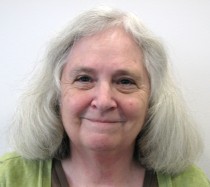Birth, marriage and death records, (BMDs) and church records are the foundation of genealogical research. These are the records that anchor our ancestors in a place and time and help us to make connections between them.
Unfortunately, BMD records are sometimes not easy to find. For later generations, birth certificates, marriage licenses and death certificates are the obvious source of this information, but privacy laws and high prices sometimes make these records difficult to obtain. In addition, many U.S. states didn’t begin keeping official birth and death records until the early 20th century. Marriage records were usually kept at the county level rather than the state, further complicating finding them.
If BMD certificates aren’t available, what’s a genealogist to do? Church records are the obvious answer; most churches kept baptism, marriage and burial records, which are a good substitute for governmental records before 1900. The big stumbling block to obtaining church records is figuring out what denomination an ancestor belonged to. Often membership was predicated merely on location; a close church was easier to attend so ancestors didn’t travel to another denomination further away.
Church records are kept in a variety of locations and archives, according to denomination. The Family History Library catalog at www.familysearch.org is a good starting point for seeing what church records might have been microfilmed or digitized. Check online or with your local Family History Center for availability. Another good reference for church records is The Source: A Guidebook of American Genealogy edited by Loretto Szucs. This “bible” for family research is available at both the Loveland and Poudre River Libraries.
~ Carol Stetser is the researcher with Larimer County Genealogical Society. Visit our website at www.lcgsco.org or our Facebook page: www. facebook.com/lcgsco for our calendar of events and other local news.

